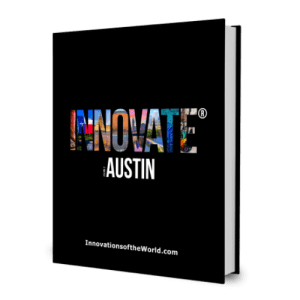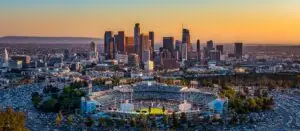TEXAS STATE UNIVERSITY A KEY PLAYER IN AUSTIN’S INNOVATION ECOSYSTEM
Driving from San Marcos to Austin, you can’t help but notice all the growth taking place along the I-35 corridor. With a population boom in Central Texas concentrated around the Austin-Round Rock-San Marcos metropolitan, and well on its way to merging with the Greater San Antonio metro to the south, Texas State University (TXST) has played a critical role in the development of the region and is poised to expand its significance in the years to come.
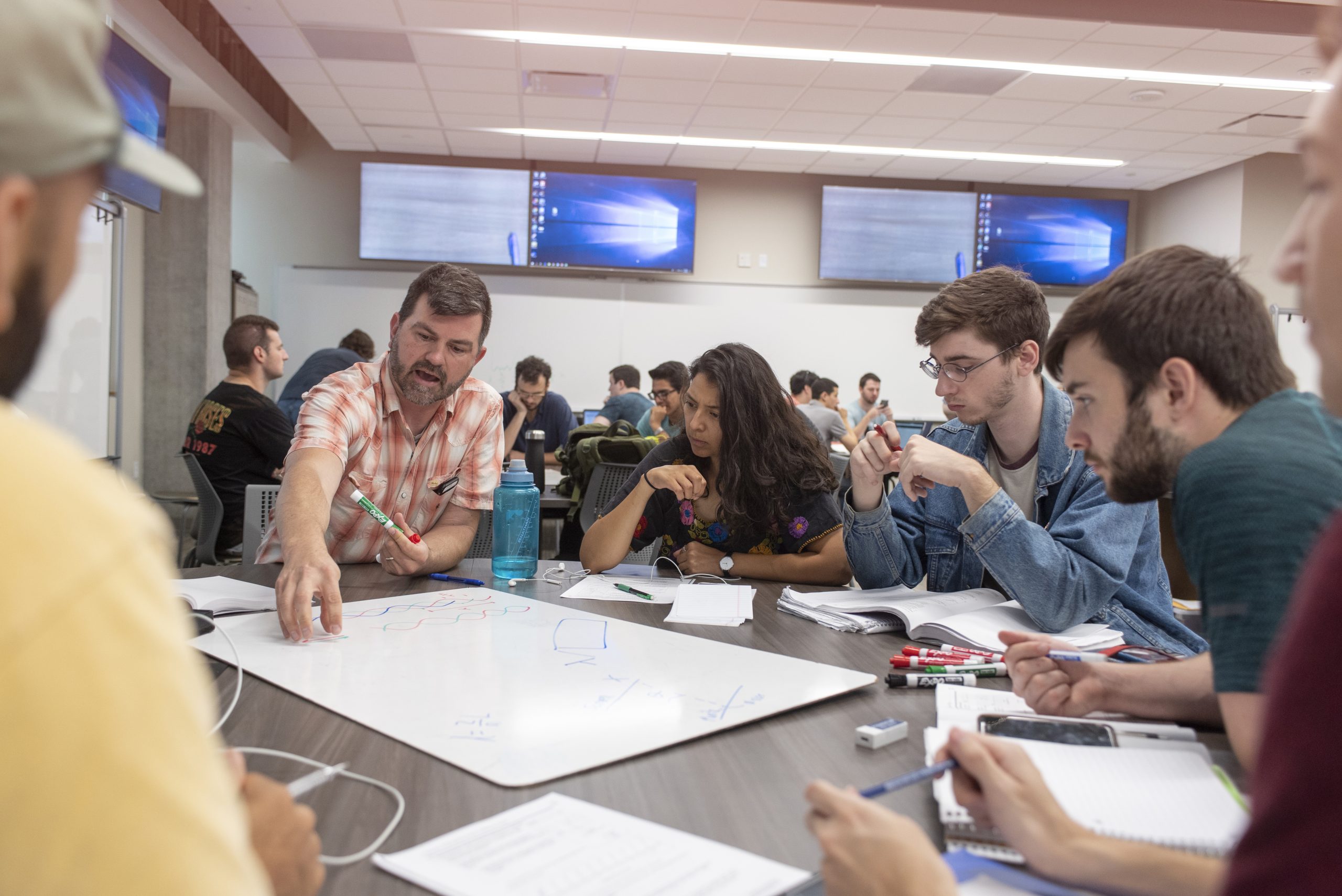
With a student population of over 38,000 spread across Texas State’s San Marcos and Round Rock campuses and numerous thriving research centers, TXST has proven itself to be a source of innovation and a catalyst for entrepreneurs, researchers, and trailblazers.
As a leading public research university, Texas State fosters the collaborative development of commercial ventures in applied research and contributes new knowledge and breakthroughs that address some of society’s greatest challenges.
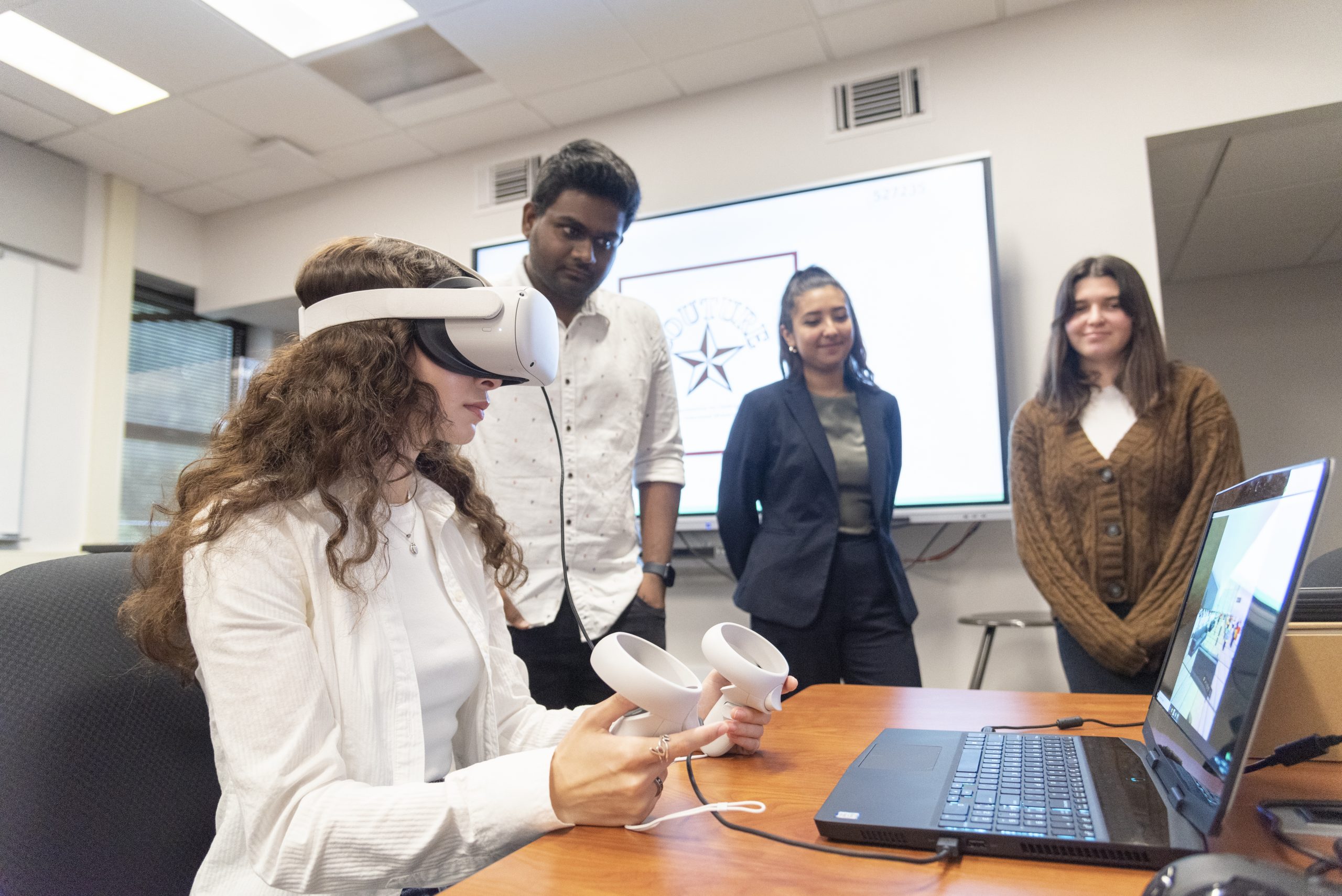
NEXT LEVEL RESEARCH
With campuses in San Marcos and Round Rock, the university’s footprint straddles Austin where TXST students, alumni, faculty, and researchers are powering the innovation ecosystem. As the institution continues to create young entrepreneurs who will spin out new businesses and collaborations with faculty and students, the region is positioned to grow in wealth and well-being.
Just a Quick Note:
InnovationsOfTheWorld.com has partnered with Trade License Zone (TLZ) to support global innovators looking to expand internationally. Take advantage of the UAE’s Free Zones—enjoy streamlined setup, low corporate taxes, and a strategic gateway to the Middle East and beyond.
Get Your UAE Free Zone License Fast & Easy!Over the last decade, TXST has tripled its research expenditures, exceeding $110 million in 2022 alone, placing the school among the top 20% of research universities in the nation.
“Research universities are economic engines,” says Dr. Shreek Mandayam, Vice President for Research at Texas State. “TXST leads innovation and economic development of communities in Central Texas, creating new career paths and jobs for our residents.”
Through Texas State’s emphasis on applied research, the university has been at the forefront of tech-enhanced infrastructure, environmental sustainability, community health, public safety, data science and analytics, and STEM workforce development.
PROOF POINTS ABOUND: CONSERVATION, HEALTH, SAFETY, INFRASTRUCTURE, STEM WORKFORCE
TXST’s Science, Technology, and Advanced Research (STAR) Park near the flagship campus in San Marcos is a 58-acre site anchored by the 36,000-square-foot STAR One technology incubator. Startups locate there to commercialize technologies for the biotech, materials, and energy fields. They partner with the university on research contracts, incorporating TXST into their work on applications ranging from software to counterfeit-detection materials to wearable health monitors.
Texas State has played a crucial role in protecting local waterways and ecosystems, like the Edwards Aquifer, which supplies water to millions of people including Austinites. TXST’s Meadows Center for Water and Environment and the Edwards Aquifer Research and Data Center are fundamental to the stewardship of the region’s water resources and provide thought leadership in infrastructure and environmental management across Texas. TXST has conducted archeological surveys for the Clean Water Act and was awarded grants from the U.S. Army Corps of Engineers to track environmental changes in Texas watersheds.
Public health research is one of the university’s greatest strengths. Texas State has conducted specialized research in addiction prevention, community resilience, disease treatment and biomedical research with funding from top federal agencies such as the National Institutes of Health. For instance, faculty in the university’s Xiphophorus Genetic Stock Center are using fish to study the genetic origins of human diseases such as cancer, diabetes and obesity; and the U.S. Department of Health and Human Services tapped TXST to develop an app to improve nutrition and food access for elderly Texans.
Alongside community health, public safety is paramount in the university’s research enterprise. The Advanced Law Enforcement Rapid Response Training (ALERRT) Center has been designated by the FBI as the gold standard in active shooter response training and research, with numerous grants from the U.S. Department of Justice to prepare law enforcement officers across the U.S.
The TXST Infrastructure Research Laboratory (IRL) serves as a hub for developing new technology-enhanced infrastructure, addressing a pressing need for the rapidly growing I-35 corridor. With the adoption of a $1.4 billion Corridor Construction Program to further develop nine of Austin’s major roadways, the IRL will surely prove to be a driving force for innovation in infrastructure in Central Texas. Additionally, the U.S. Department of Transportation designated TXST a University Transportation Center to enable the next generation of graduates and transportation professionals to make Texas roads, bridges, rail, shipping, and airspace safer and more efficient.
Texas State has a long history building the region’s workforce of talented, driven graduates. This inspired top federal agencies to partner with TXST to help supplement STEM workforce pipelines, especially among historically underrepresented groups. The university operates numerous programs that provide funding for college readiness and tuition support for first-generation and low-income students. In support of this endeavor, TXST has been awarded grants from the U.S. Department of Education to promote Hispanic and low-income student success and STEM career preparation. Additionally, the National Institutes of Health tapped TXST to prepare students for biomedical doctoral programs through undergraduate research, professional development, and academic support.
The university’s collaborative data science and analytics research has been used to model and promote innovation for small business development and entrepreneurship. For example, the National Science Foundation partnered with TXST to develop a watch that can help detect the risk of falling.
Undoubtedly, TXST’s research enterprise is contributing groundbreaking solutions to society’s toughest challenges.
“Quality teaching and passionate educators will always be a hallmark of the TXST experience for our students. We are proud of our beginnings as an institution focused on teaching and learning. We serve many first-generation college students, and we reflect the diversity of our state more than any other public Texas university. Transforming the lives of generations of students is why we are here, and this spirit is imbued in all that we do, including research.” — Dr. Mandayam
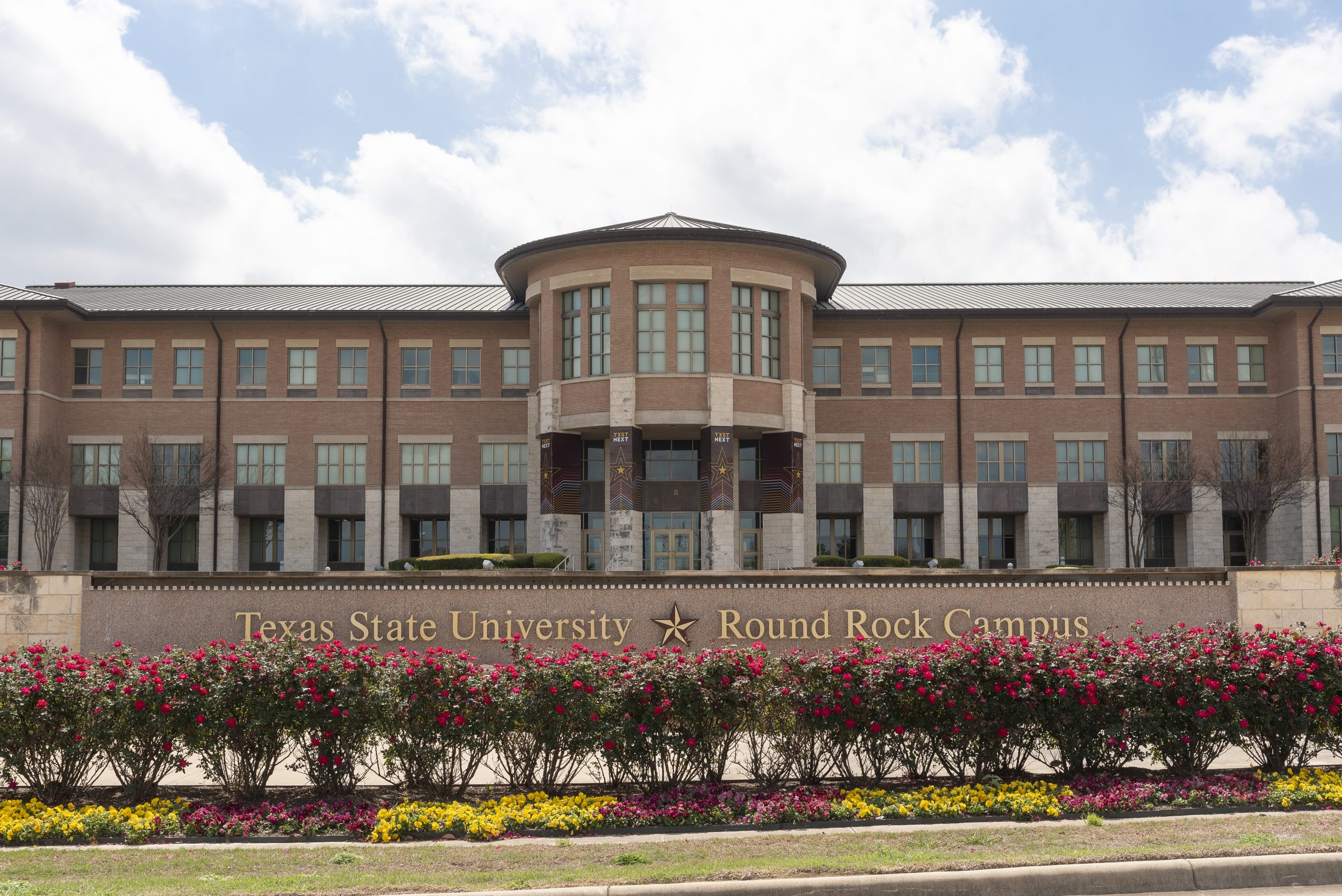
NEXUS OF INNOVATION TO THE NORTH: TXST ROUND ROCK CAMPUS
With the population of Central Texas expected to double by 2060, Texas State’s prominence as a leading state institution will only grow in the years to come, especially near the Round Rock Campus. Located on the northern end of the Texas Innovation Corridor, TXST’s Round Rock Campus is a growing hub of healthcare education and research. Texas State is reconfiguring its model to advance the Round Rock Campus to become the nexus of life sciences growth in North Austin. To capitalize on unique opportunities in the area, TXST is leading multiple projects that will ensure the Round Rock Campus is perfectly situated for robust partnerships with Austin-area organizations and businesses.
“We are planning to build a life sciences incubator that will host start-up companies in the health-, bio- and life-sciences areas and will be supported by our faculty and graduate students for research and development collaboration,” says Dr. Mandayam. “We’re working with the Round Rock Chamber of Commerce to explore some exciting opportunities. We’re also participating in a Department of Veterans’ Affairs selection process to host an outpatient clinic and planning for student housing that will serve our Bobcats while fueling economic growth.”

RESEARCH TRANSFORMS THE LEARNING EXPERIENCE
Texas State engages graduate and undergraduate students in research at every opportunity. Gaining hands-on research experience alongside faculty is incredibly rewarding and gives students a learning experience unlike any other.
“When we empower our students to take part in our thriving research enterprise, it’s a transformative experience for them,” says Dr. Mandayam. “It makes them more competitive in the job market. They develop new skills and successfully compete for jobs with graduates from the best institutions in the country.
TXST students participate in cutting-edge research projects sponsored by NASA, the National Science Foundation, the National Institutes of Health, the U.S. Department of Defense, and some of the nation’s top companies, like Meta (formerly Facebook), Dell, and Toyota.
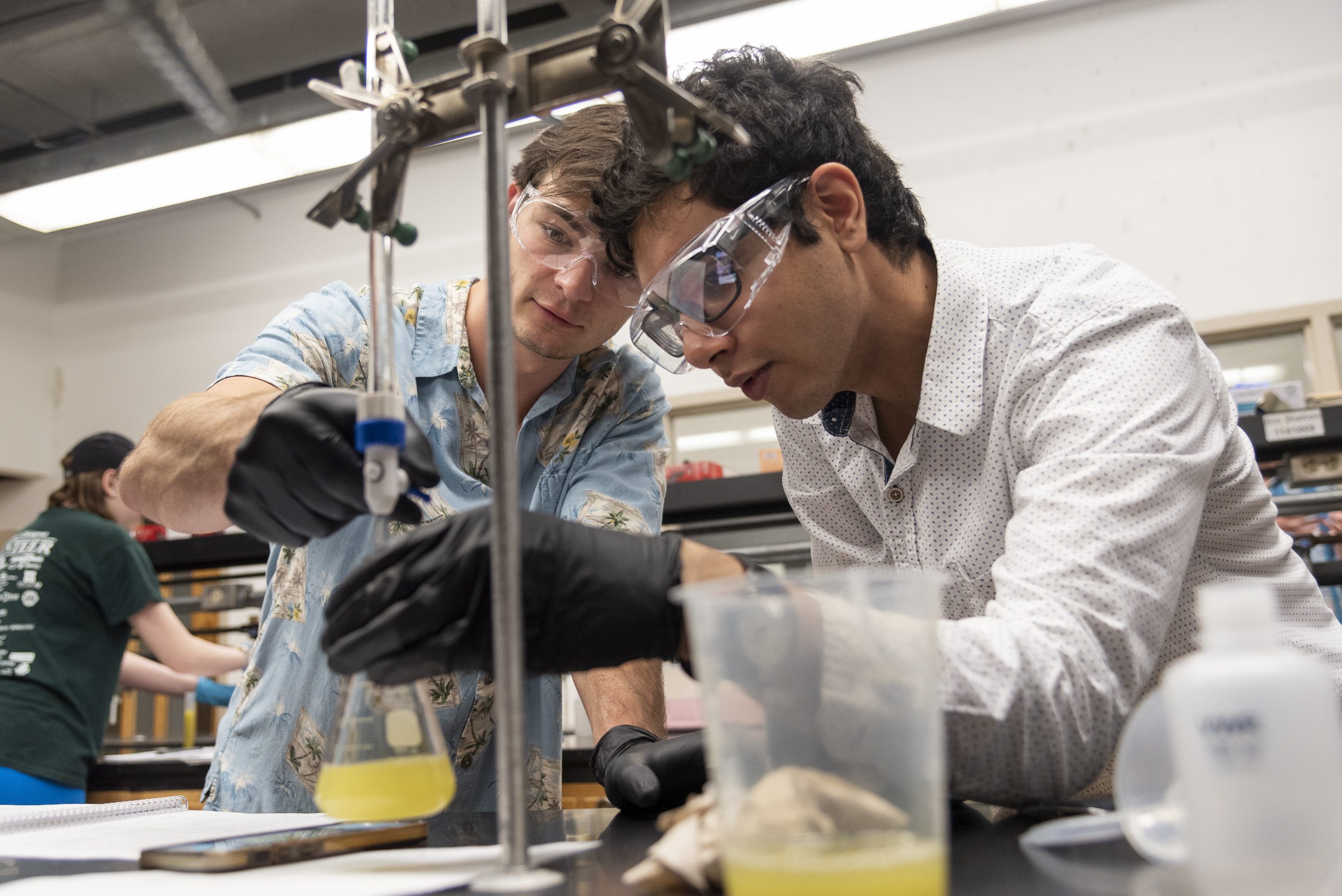
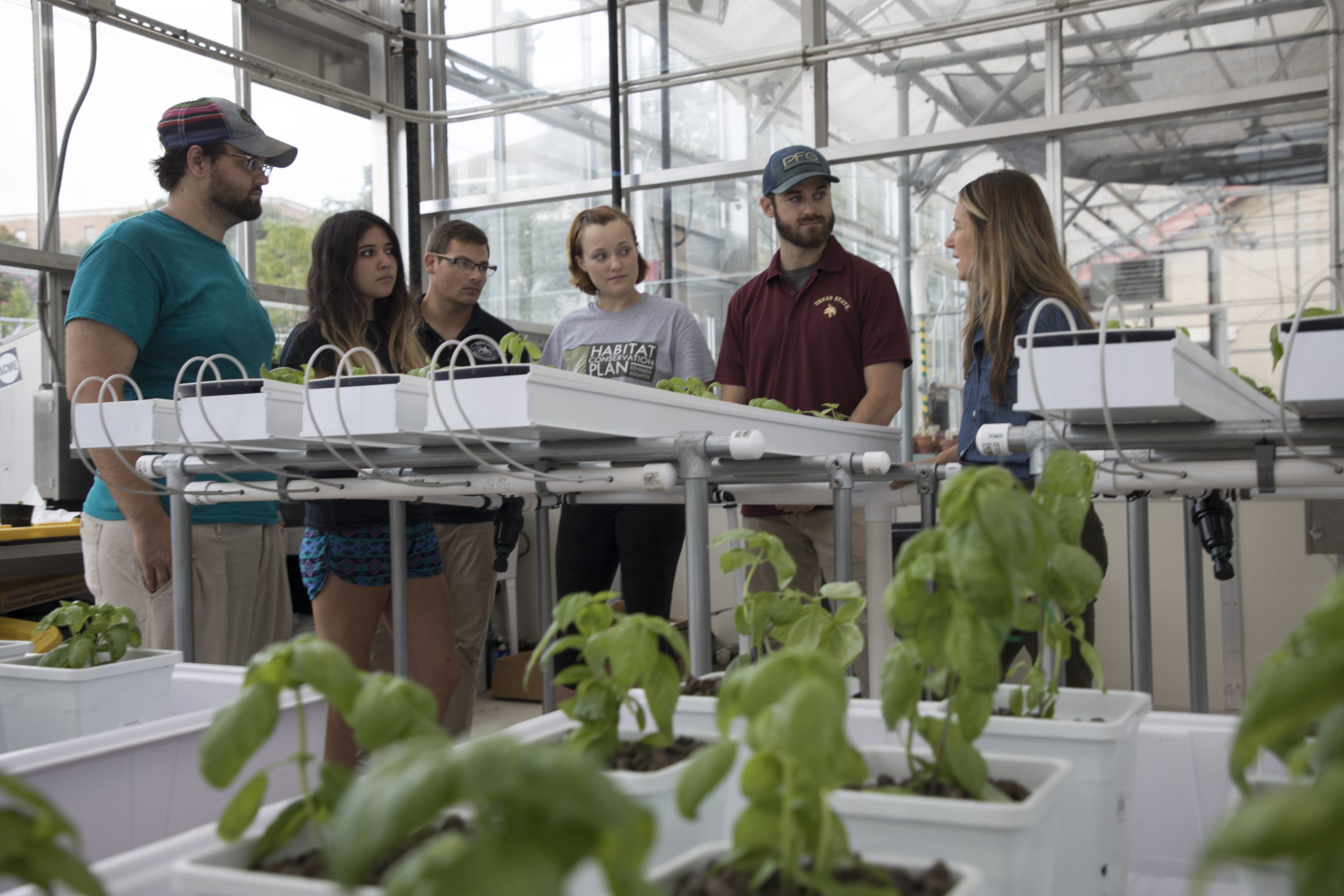
“Just as we encourage our students to explore beyond the comfort of what is familiar, we too as a leading research university must strive to expand,” said Dr. Mandayam. “Our proximity and connectivity with Austin make the world-renowned city the ideal location to truly think outside of the box and create unprecedented businesses, technologies, and ideas that will keep Austin as the shining beacon of Texas and the nation… “For Texas State, our time is now!” — Dr. Mandayam

